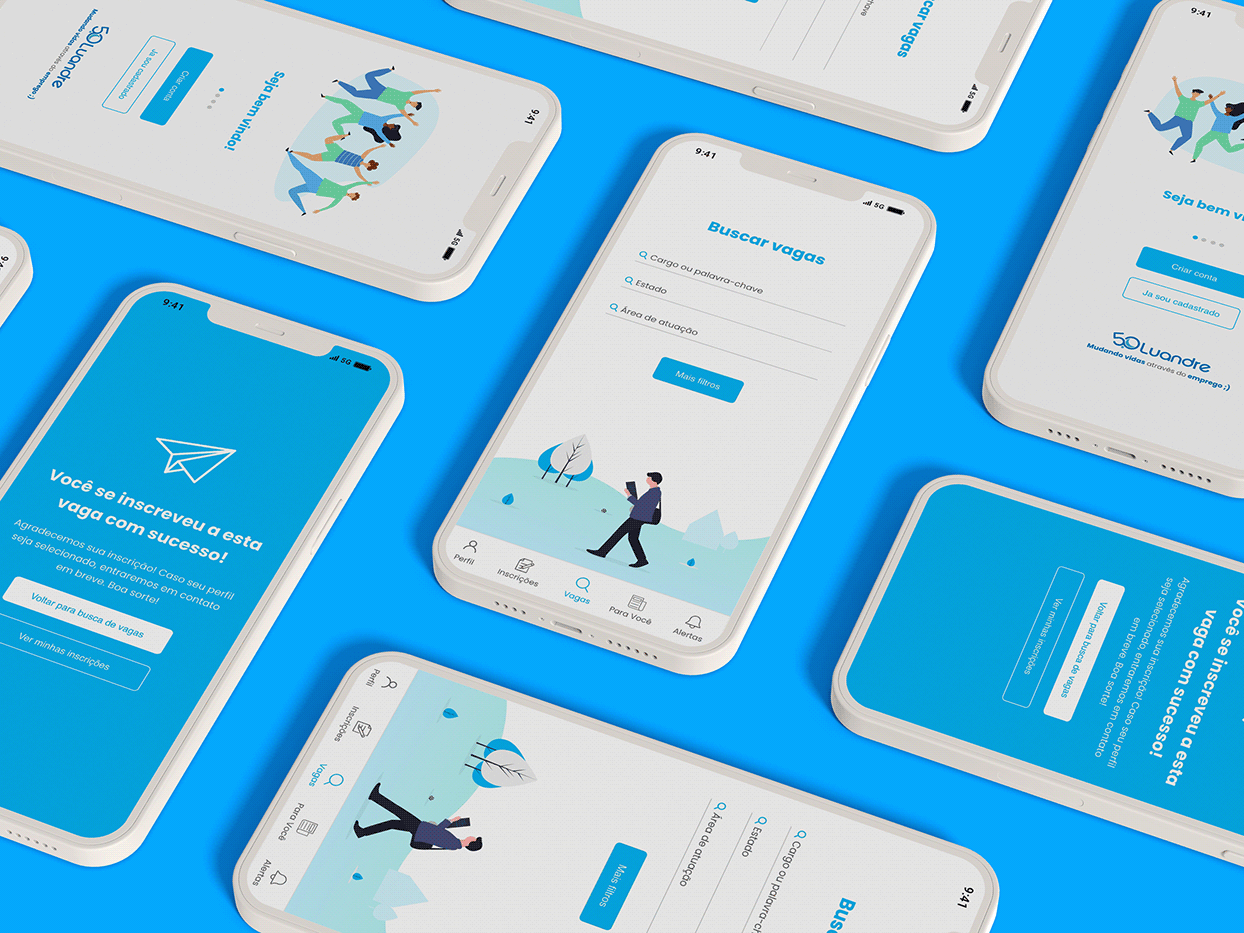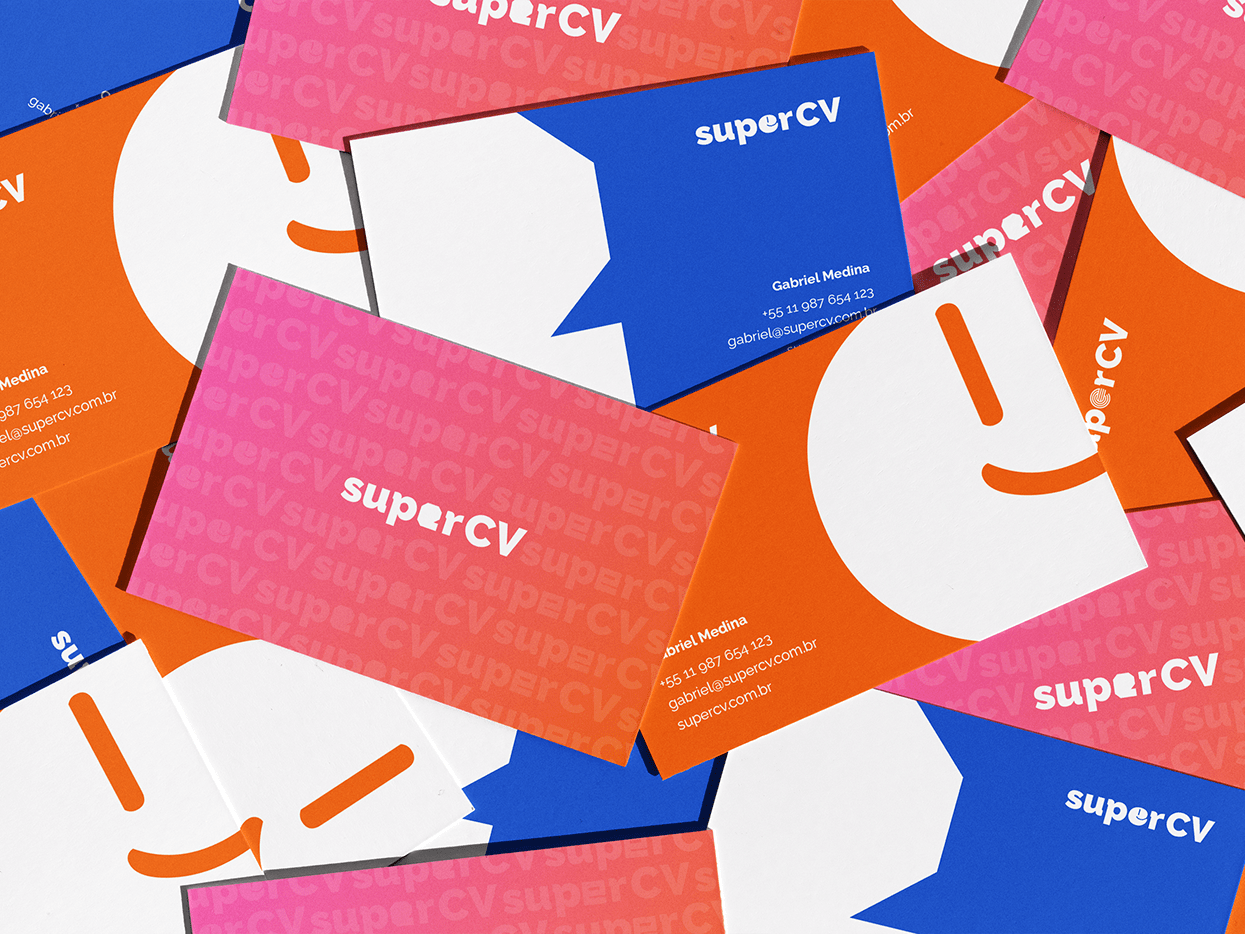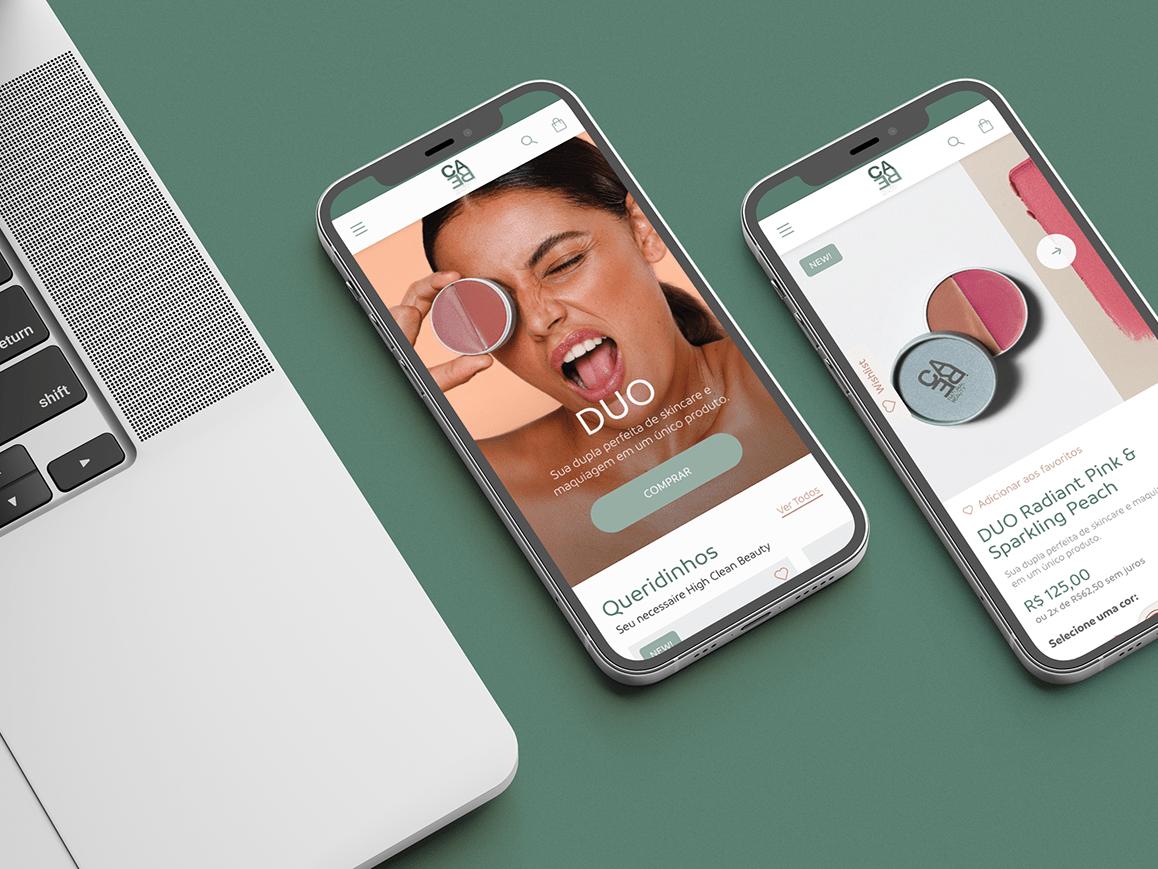Virtual relationships between remote work teams: A post-pandemic social study and digital product development
This project was developed during a Tera Bootcamp that happened between September and December 2022, where I got my UX Design Certificate. I worked on this project with the collaboration of Brenda Funari, Bruno Cupertino, Felipe Zampieri, and Gabriel Costa.
ABOUT THE PROJECT
In 2020 the world was going through a major pandemic, and a lot of sectors migrated to digital. Our work relationships had to be transported into the virtual world, and a lot of new tools appeared trying to solve collaboration problems between teams.
With that in mind, our group was given the task to come up with a solution to the following problem:
"How can we improve collaboration between remote teams?"
METHOD
We used the Design Thinking methodology to guide us through the project. We followed the Double Diamond process, popularized by the Design Council, divided into 4 phases:
Double Diamond developed by the Design Council.
FIRST DIAMOND
Discover and Define
This was the beginning of the project, the discovery phase. We tried to illuminate what we didn’t know about remote work and better understand what people working remotely needed. We started by creating a Stakeholders Map to visualize everyone who could be directly or indirectly involved in the project.
Stakeholders Map
DISCOVER
1. Desk Research (Secondary Research)
In this phase, we gathered all types of information from secondary resources, that could help us understand the different nuances of remote work.
Some of the data we highlighted:
"Empathy generates more collaborative relationships among the team..."
"Getting to know your team members on a personal level is a great way to empathize and build connections..."
"If we put people first, maintain a sense of structure, and find the time to lift each other's spirits, we will have a more resilient workforce."
"In this sense, 654 respondents pointed out aspects that made remote work more difficult, with the main difficulties cited being: lack of contact with co-workers (60.55%), more interruptions (54.59%), and difficulty in separating family life from professional life (52.91%)."
Source: O trabalho remoto/home-office no contexto da pandemia COVID-19, accessed on October 2022.
"A hybrid regime is preferred, with 1 or 2 days a week at the company"
Source: PWC - Trabalho Pós Pandemia, accessed on October 2022.
2. Primary Research
The Primary Research was conducted by our team. We based our research method on the learning spiral of a five-step process, originated by Erin Sanders at Frog.
OBJECTIVES
We started by defining our objectives and mapping some of the things we wanted to understand better about our users. Our main objective for this research was to discover what hinders collaboration between remote teams.
HYPOTHESES
We mapped our questions, suppositions, and beliefs into a C.S.D. framework which is the Portuguese acronym for Certainties, Suppositions, and Doubts. This framework allowed us to map what we believed to be true based on our previous knowledge and desk research, our suppositions, and our doubts about everything that orbits the remote work activity.
C.S.D. Framework
METHODS AND CONDUCTION
We decided on a Survey and a Semi-Structured Interview for our research methods.
Survey
Based on the C.S.D. framework, we mapped the doubts and hypotheses we wanted to answer and created a 20-Question Survey.
We received 111 answers from users living in Brazil, between the ages of 18 to 45 years old that had a working-from-home experience.
Some of the results surprised us:
We received 111 answers from users living in Brazil, between the ages of 18 to 45 years old that had a working-from-home experience.
Some of the results surprised us:
We collected 111 answers between September and December 2022.
BREAKTHROUGH INSIGHT
We found out that 87,3% of respondents rated the collaboration on remote teams as either "Excellent" or "Good." That led us to turn around and review what the real problem was.
Semi-Structured Interviews
With the previous insight in mind, we developed a script for our Semi-Structured Interview following the major topics we wanted to investigate:
1) Understand the particularities of remote work.
2) Identify the biggest difficulties of a remote collaborative project.
3) Understand the behavior of employees in remote activities.
4) Understand how remote work impacts the collaboration of a team. (Does it get better? Does it get worse?)
5) Complement knowledge about why employees prefer remote work.
6) Understand the impact of the lack of social contact.
7) Understand the limitation between work and personal life.
We highlighted some of the answers below:
"Seeing and talking with other colleagues in the office helps to relieve stress and increase the sense of collaboration."
"I think what I still miss is related to friendship and personal contact with the team. There are days when I miss having a close co-worker to talk to and relieve stress."
"(When working from home) I believe I work longer hours, as I have less personal interaction and coffee breaks during the day, often running overtime"
"I think that creating connections within the remote team is still a challenge that we have."
We interviewed 4 people, between the ages of 28 to 40 years old.
DEFINE
Personas
Based on our interviews and all the previously collected data, we created a persona to help us have a better visualization of our targeted users.
Persona Map
User Journey Map
Also based on the answers of our qualitative research, we draw a user journey map to visualize every step of our user's day-to-day activities, and how it could be improved.
User Journey Map
Asking the right questions
Based on the problems we found in our research, we used the HMW framework to help us ask the right questions
As we had limited time, we decided to focus on the biggest problem first.
So our initial challenge was redefined to the following:
"How might we bring the interaction of the day-to-day workplace into the virtual world, to strengthen the bonds of friendship and foster a sense of community, companionship, and belonging?"
SECOND DIAMOND
Develop and Deliver
At this part of the process, we ideated possible solutions to prototype and test.
CRAZY 8 WORKSHOP
To ignite creativity and generate different ideas, we started with a crazy 8 workshop where we draw on paper every idea that came to our mind.
Crazy 8 Workshop - Sketches
At this point we had a very close deadline, so we selected the best ideas by dot voting and jumped right into the wireframes.
WIREFRAMES
These are some of the wireframes we draw to better illustrate our ideas:
Low Fidelity Wireframes
USER FLOW
We mapped one user story to create a flow based on one of our app's top features.
User story: As a registered user, I need to create a new chat room to talk about one of my specific interests.
User flow of one main app feature
After we tested the wireframe internally, we started to develop high-fidelity prototypes.
APP FEATURES AND PROTOTYPES
FIGMA PROTOTYPE
CONCLUSION
Reflections and Learnings
This was a Bootcamp project where I had the chance to develop a product from start to finish applying the best product design techniques. I gained a thorough understanding of various areas such as UX research and facilitation methods, and I am very grateful to my team members and the mentors who guided us through this project.
As we were almost hitting our deadline and presentation day, we were only able to test the final prototype with one user. It would have been ideal to conduct a more comprehensive usability test to gather more insights and further improve the product.
During the ideation phase, we generated numerous ideas and solutions, but due to limited time, we were only able to pursue one for the MVP. It would be beneficial to consider incorporating some of those other features into the project in the future.


